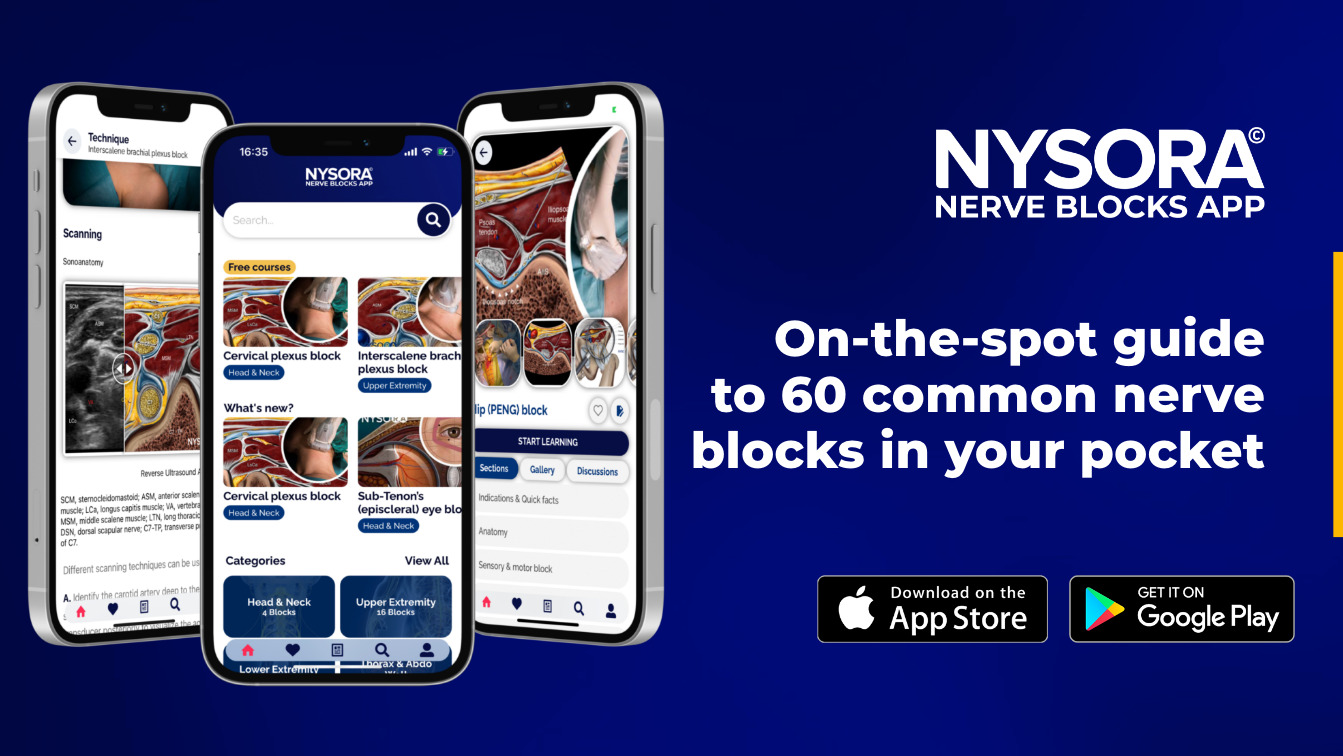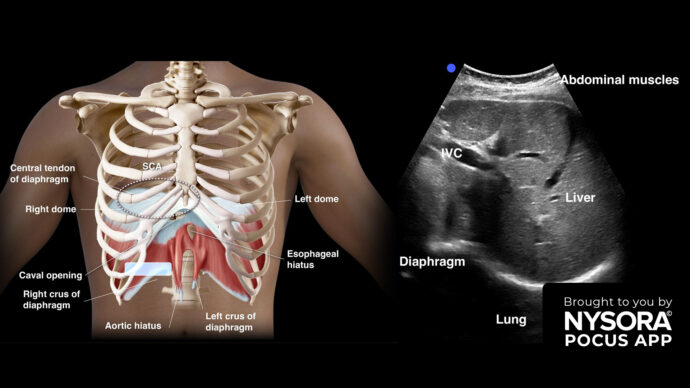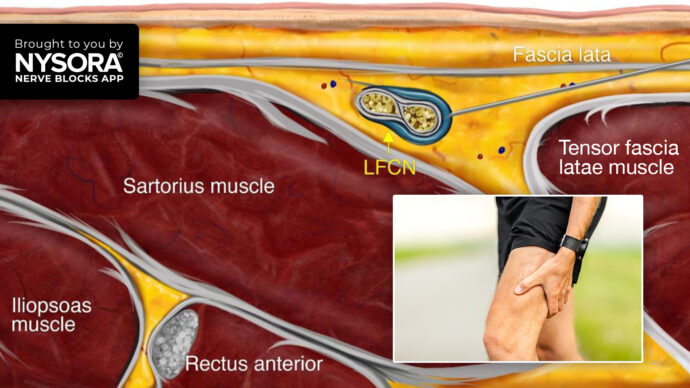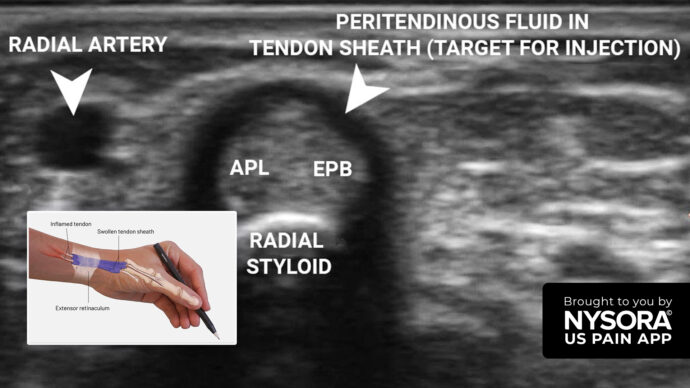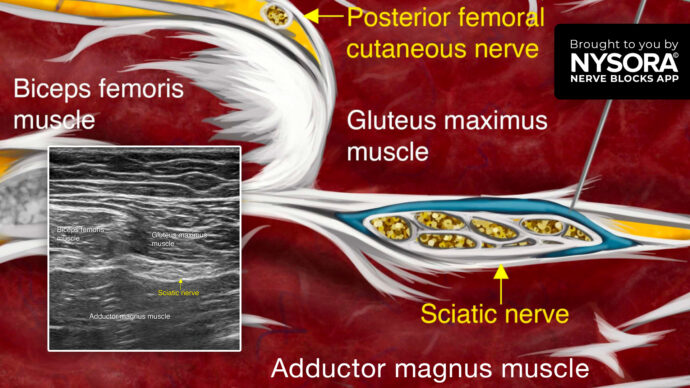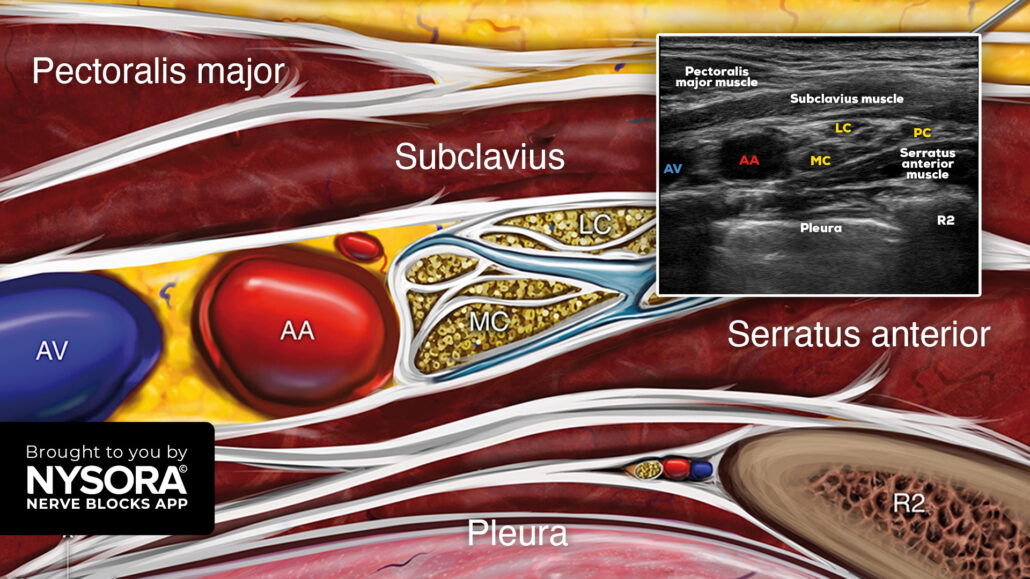
Tips for a Costoclavicular Brachial Plexus Block
A costoclavicular block anesthetizes the brachial plexus at the level of the cords (i.e., lateral, medial, and posterior cords) resulting in anesthesia of the arm below the shoulder. The technique is emerging as the preferred choice for upper extremity surgery when diaphragm function needs to be preserved and a complete brachial plexus block is needed.
Adhere to these 3 essential steps for a successful costoclavicular brachial plexus block
- Place the transducer in the medial infraclavicular fossa parallel and next to the clavicle to identify the axillary artery.
- Identify the brachial plexus cords (i.e., lateral, medial, and posterior cords) lateral to the axillary artery. The cords are visualized as hyperechoic oval structures arranged in a triangular shape.
- Insert the needle in-plane, from lateral to medial, between the three cords (ideally between the lateral and posterior cords) and inject 15-20 mL of local anesthetic.
Watch the video below to get a better picture of the process and see how the NYSORA Nerve Blocks App brings these instructions to life:
For more tips like these and the complete guide to the 60 most frequently used nerve blocks, download the Nerve Blocks App HERE. Don’t miss the chance to get the bestselling NYSORA Nerve Blocks App also in book format – the perfect study companion with the Nerve Blocks app!
